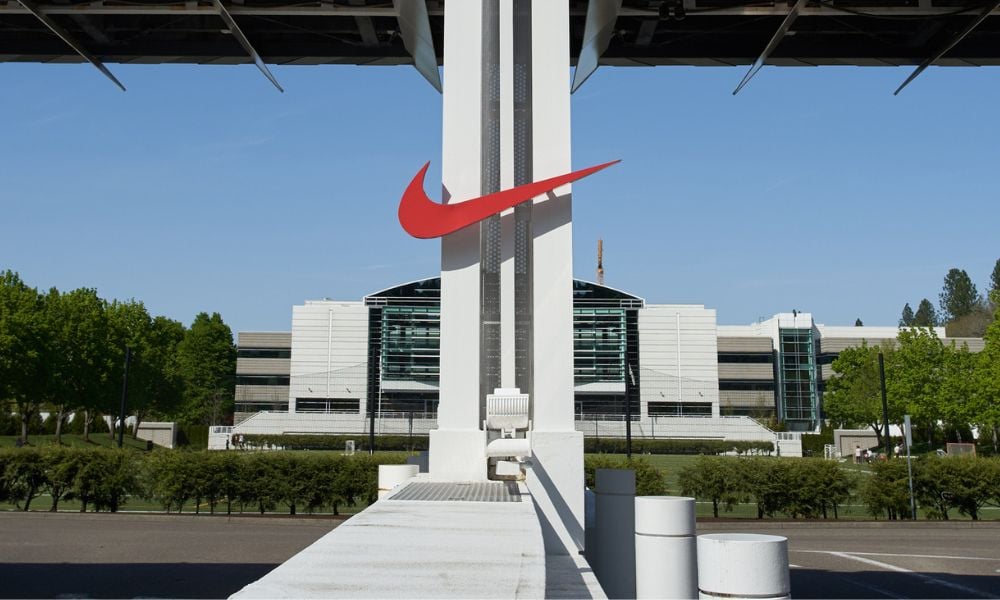To keep staff happy, wage increases are only effective to a certain point.
Turnover seems high and a solution is necessary, so what’s the best option: a pay rise across the board, or some kind of employee engagement survey? While it’s unlikely a company picnic would stem the outward flow, there are many situations where culture is a lot more important than pay – as long as the pay seems fair to your employees.
However, it seems even employees aren’t entirely sure. A Monster survey found 87% of workers wanted a company that “truly cares about the well-being of its employees”, while 66% rated a high base salary as very important.
Fortunately, recent research has an answer: once pay meets two requirements, it no longer serves as a retention tool. Those requirements are:
- Pay must be fair
- Pay must be adequate
Essentially, if an employee feels they are earning a similar amount to what they would earn in a comparable position at another company, and what they earn is sufficient for them to live on, then an increase in pay stops being a particularly effective retention tool.
“Retaining employees requires more work than handing out an across-the-board pay raise. Pay is just the initial filter–and once pay has passed the test of being fair and adequate, then the solution to retention is much more complicated,” Sheila Margolis from the Workplace Culture Institute said.
Retention requires ensuring that each employee has an engaging workplace–it’s an individual thing that might require new priorities which impact on the culture of the organization.
“Employees make career-related resolutions much more often than bosses — however, the top resolution that workers make each year is to find a new job,” Steve Ford from OI Partners said. “If more managers resolved to develop their employees’ leadership skills, invite their input, demonstrate continued interest in their careers and recognize their contributions, fewer workers would be determining to find new jobs each year.”
He suggested asking yourself what your “employee value proposition” (EVP) is: Why would the stars in your industry want to work for your organization? If you can’t articulate that clearly today, then you’re unlikely to attract or retain those stars.
Margolis offered the following list as a way for HR to assess what factors might be sending top employees running for the hills:
Trust: Does the employee have a trusting workplace that exhibits fairness, respect, integrity and competence?
Caring: Is the work setting a caring workplace where the employee has meaningful relationships, a sense of belonging and camaraderie?
Communication: Does the employee feel the workplace is transparent, with open, two-way communication?
Development: Is the work challenging giving the employee a feeling that he or she is developing skills and building mastery?
Ownership: Does the employee feel like an owner – involved and participating in decision making and having flexibility and autonomy?







